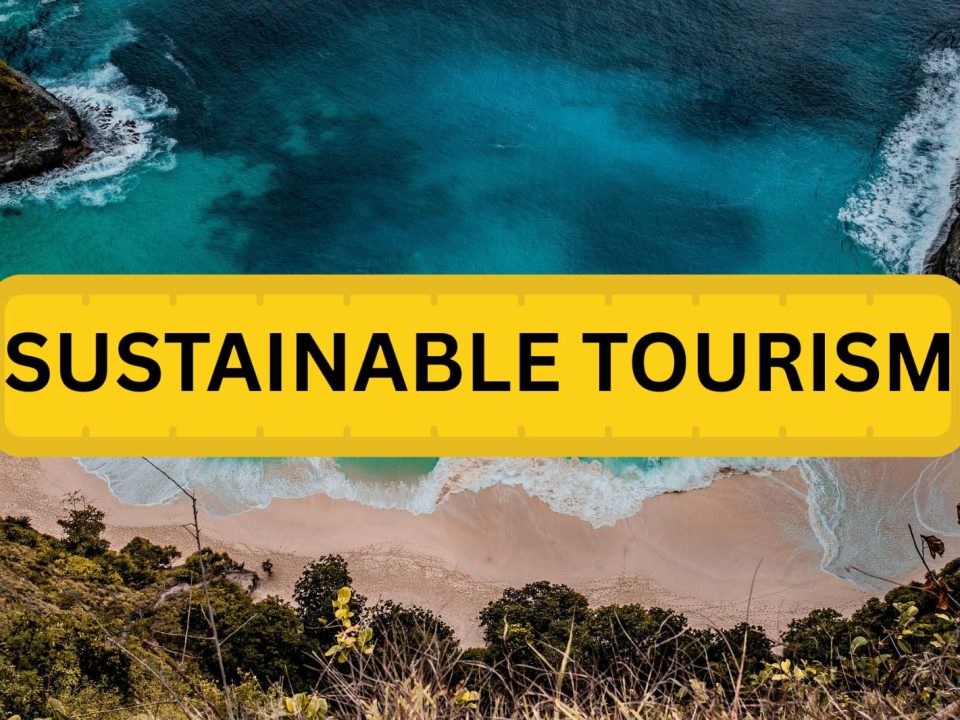How to Choose the Right Travel and Tourism Course after 12th

Cruise Ship Careers: Working and Traveling on the High Seas
8 July 2023
Working for Travel Agencies: Roles and Responsibilities
8 July 2023To choose the right Travel and Tourism course after finishing 12th grade, you should consider a few important things. Here’s a simple step-by-step guide:

1. Research different options:
Look for various Travel and Tourism courses offered by well-known colleges, universities, and institutes. Check the course duration, what you will learn, and if there are any specific areas of focus.
2. Understand interests and goals:
Reflect on personal interests, strengths, and career aspirations. Identify specific areas within the travel and tourism industry that are appealing, such as hospitality management, tour guiding, event management, or travel agency operations. This will help narrow down the options.
3. Check accreditation and reputation:
Ensure that the institution offering the course is accredited and recognized. Consider reviews, rankings, and alumni feedback to assess the institution’s reputation. Opt for a course from a recognized institution to enhance job prospects and gain quality education.
4. Look at the subjects you will study:
Check the subjects and topics covered in the course. Make sure there is a balance between theoretical knowledge and practical training. You should learn about travel management, marketing in tourism, hospitality operations, event planning, customer service, and destination management.
5. Consider the expertise of the teachers:
Find out about the qualifications and experience of the faculty members who will teach the course. It’s helpful to have teachers who have worked in the industry and can share practical insights.
6. Check the placement opportunities:
See if the institution helps students with finding internships and jobs after completing the course. Look for collaborations with well-known companies in the travel and tourism field, like hotels, airlines, and event management firms. Good placement support can make it easier for you to secure a job.
7. Think about the location:
Consider where the institution is located and if it is close to popular tourist destinations. Being in a place with many tourists can give you more handson experience and networking opportunities.
8. Get advice from professionals:
Talk to people who are already working in the travel and tourism industry. They can provide valuable insights and guidance. You can attend industry events or connect with professionals on platforms like LinkedIn.
9. Consider the cost:
Look at the fees for the course and see if there are any scholarships or financial aid options available. Take into account your budget and if the course offers good value for the money based on what you will learn.
10. Visit the institute:
If feasible, visit the institutes under consideration to gauge the campus atmosphere, facilities, and infrastructure. Interact with current students and faculty to gain a better understanding of the learning environment.
By following above mentioned steps and conducting thorough research, one can make a better decision when selecting a Travel and Tourism course that aligns with personal interests and future career prospects.





